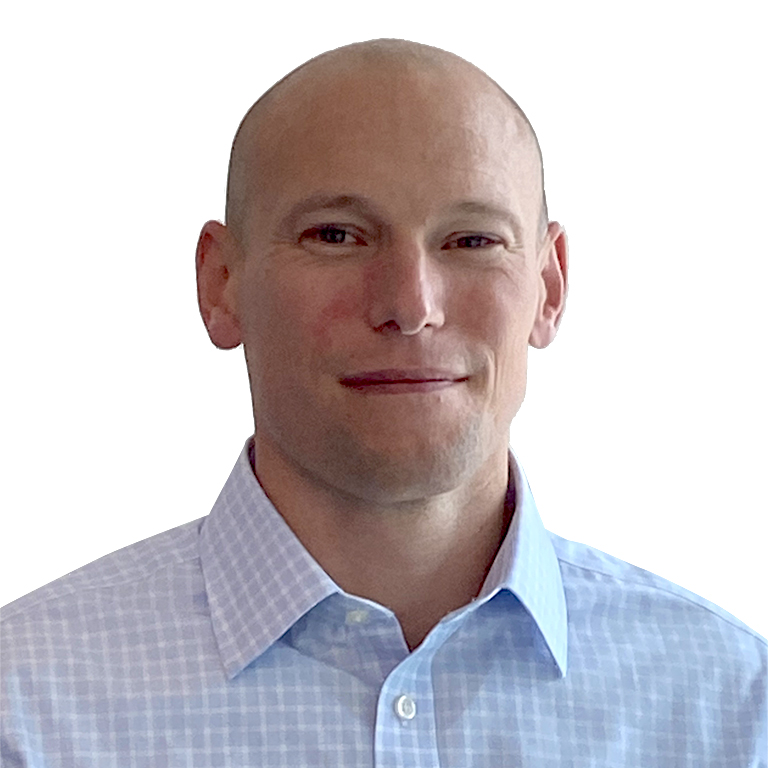
By Randal Waters ,
Senior Vice President, Emerging Risks Group, Marsh Advisory, North America
10/21/2024 · 6 minute read
From 2014 to 2023, the US experienced $106 billion in wildfire damages from fires totaling $1 billion or more in damages each — over a seven-fold increase from the prior decade. And while the problem has long been recognized in some western states and provinces, Hawaii’s 2023 Lahaina Fire, the 2022 Smokehouse Creek Fire in Texas, and Canada’s Alberta fires have made it clear that large swaths of the United States and Canada are also exposed to substantial wildfire risk that can result in significant harm to people, damage to property and the environment, and financial loss.
Organizations have taken note, particularly those that might be deemed responsible for causing or contributing to wildfires, such as those in the utilities, telecommunications, infrastructure development, and land management sectors. While the wildfire risk landscape continues to evolve, the risk of insolvency or bankruptcy as a result of wildfire liabilities remains a major concern for risk managers. Other utilities also are faced with the challenge of managing the immense potential costs from past fires while also contemplating investments in mitigations such as undergrounding wires, raising concerns from investors about the sector’s viability.
The far-reaching consequences of wildfires — including loss of life, long-term health effects, property damage, business interruption, environmental impacts, and decreased property values — should make wildfires a top concern for all sectors in the US and Canada. Now more than ever, it is important to model this emerging risk to help make more informed risk management decisions.
To understand potential damages and liabilities, many organizations are seeking to quantify their wildfire risk through a variety of approaches. While leading models incorporate the best available data, it is important to recognize that these models are evolving to keep pace with the risk, and that expertise is necessary to fully understand the insights they can provide. Additionally, climate change is making the conditions for fire worse, while an expanding wildland urban interface (WUI) increases collective exposure to the peril, making it even more challenging to forecast future risk.
As organizations contemplate investments in risk mitigation, business growth and expansion, and capital improvements, it may be helpful to collaborate with advisors who can help the organization apply wildfire modeling to specific business decisions and the organization’s unique profile. Some key considerations in a wildfire liability modeling exercise include:
Capturing all potential costs: Catastrophe model outputs typically provide a view into economic loss from insured property damage and, potentially, business interruption. However, the full costs of wildfire events may include liability for injury and death, suppression costs, evacuation expenses, and legal fees, many of which vary greatly across geographies.
For example, California has a strict liability regime — a utility may be considered liable if any damages can be attributed to its activity or equipment, regardless of fault or foreseeability. In other states, liability attribution is less straightforward. Factors such as the cause of the fire, negligence, and the involvement of multiple parties can influence liability determination, which can complicate predicting a utility’s liability exposure. Liability frameworks could evolve in the wake of wildfire-related litigation and as the risk becomes a larger concern in states with fewer historical incidents.
Accounting for changing conditions: Uncertainty around rising property values and inflation creates challenges with predicting the severity of future fires. The transitional area between human development and unoccupied land — the WUI — is especially prone to fires, increasing the challenge for building in high-risk areas. The WUI continues to grow by approximately two million acres per year, while climate change is anticipated to continue increasing the likelihood of fires across the US. Additionally, modeling exercises typically speak to current conditions, but require application to project how future conditions may factor in — for example, including mitigation efforts such as the effects of undergrounding wires or implementing robust vegetation management efforts.
Determining next steps: As with any modeling exercise, it is important to understand its key assumptions and limitations in order to inform subsequent efforts, particularly for an ongoing and constantly evolving risk like wildfire. Understanding the relative likelihood and severity of a wildfire is a foundational step, but the exercise itself should be geared towards informing a risk transfer or risk mitigation decision, and how the two can work in tandem.
To stay ahead of wildfire risk, organizations should develop an up-to-date understanding of their assets and risk projections, along with the observable climate, macroeconomic, and legal trends where they operate. The following guidance can help risk managers in organizations that may face wildfire-related liability.
Addressing a risk as complex and dynamic as wildfire cannot be a siloed effort. It will require ongoing collaboration and alignment between risk managers and leaders, as well as support from trusted advisors with the expertise to help organizations better understand their exposure, develop proactive risk management strategies, and transfer risk effectively.
Marsh Advisory consultants are leaders in helping businesses navigate wildfire risk, with years of experience supporting clients through insurance renewals and engaging with leading vendors to bring the best tools to clients. Through the combined expertise of Marsh, Mercer, Guy Carpenter, and Oliver Wyman, Marsh McLennan is uniquely positioned to help organizations assess, mitigate, manage, and transfer wildfire risk with guidance at every stage of the process. By combining our comprehensive advisory and risk transfer capabilities, we can help you recover faster and remain resilient.
For more information, contact your Marsh representative.